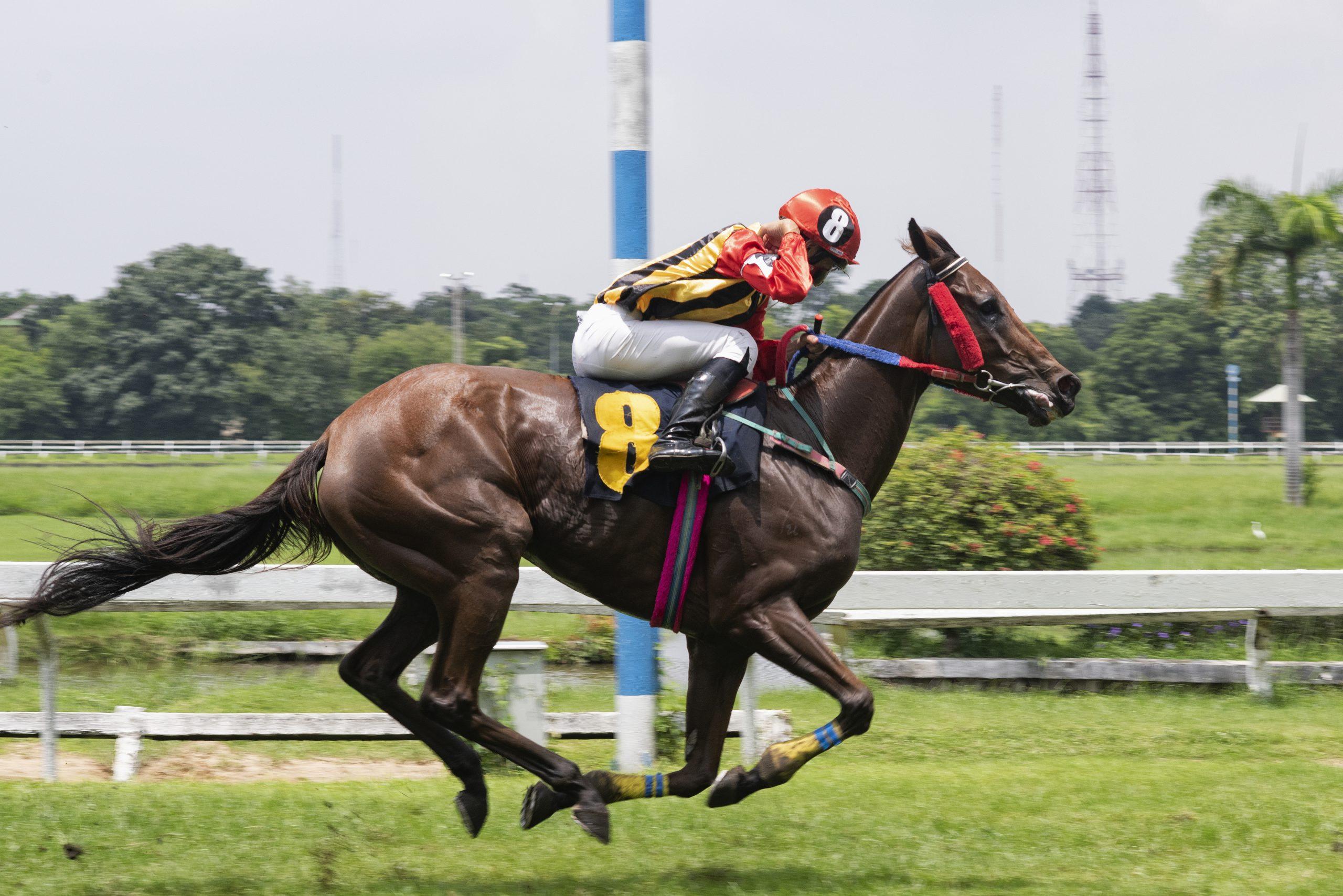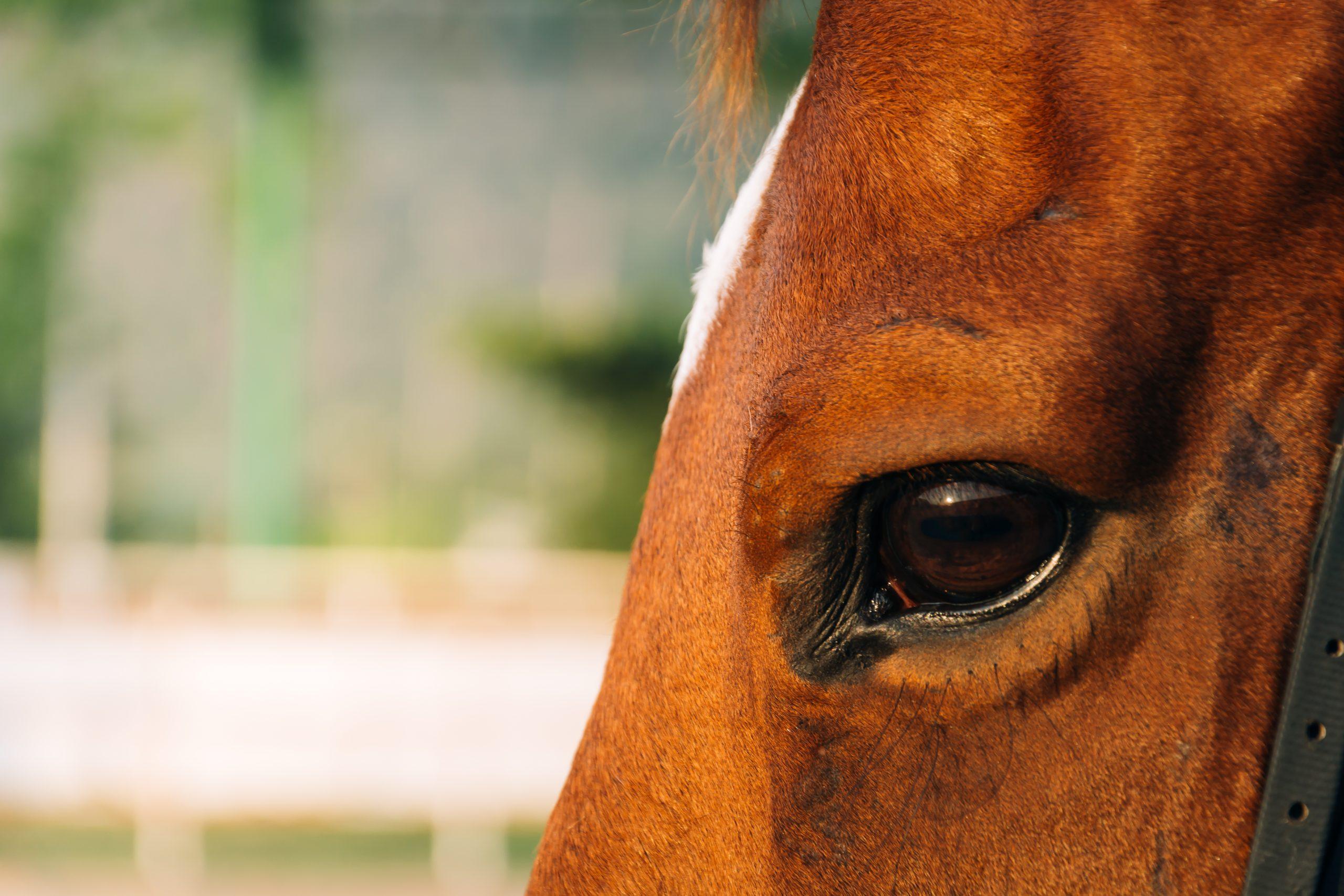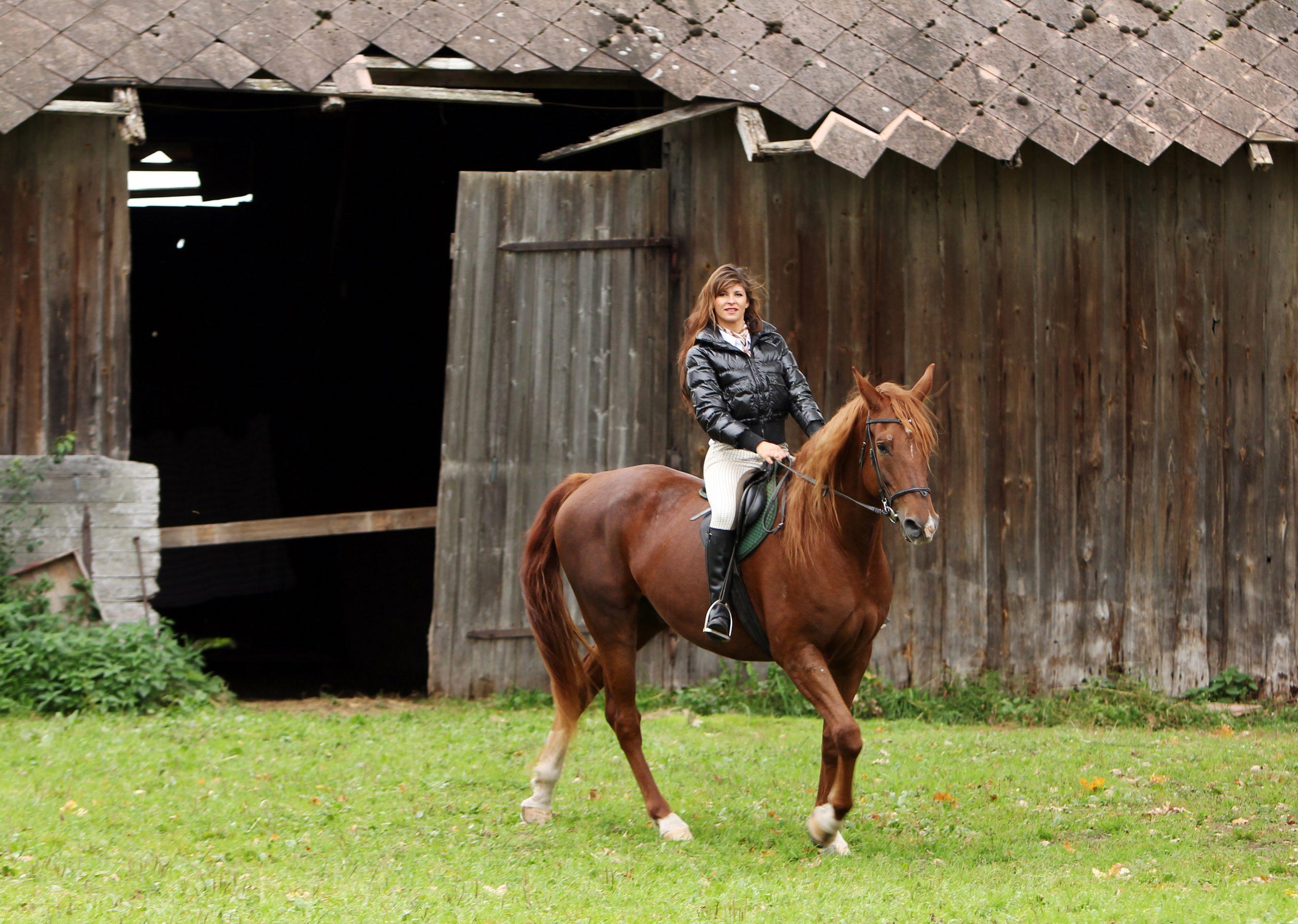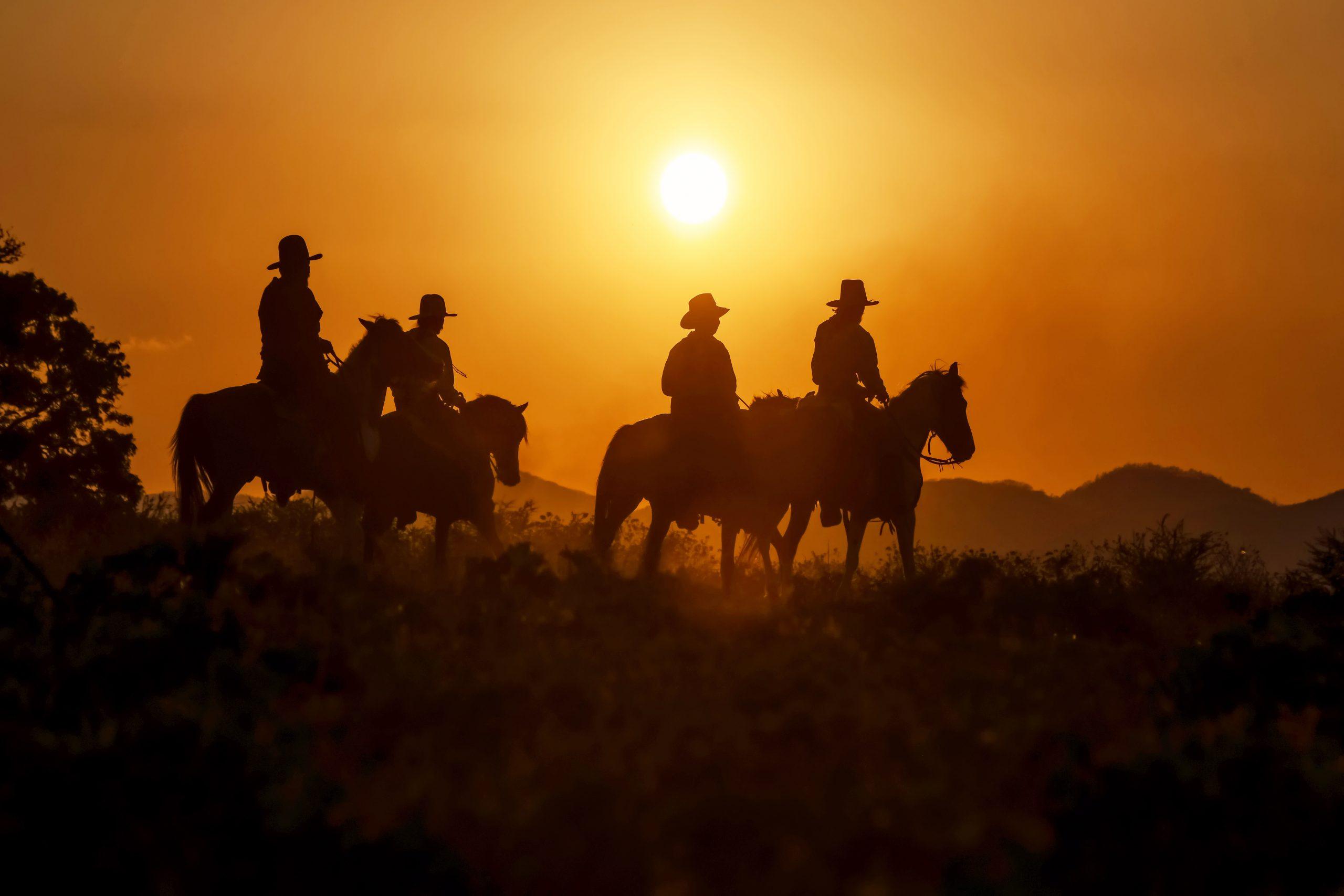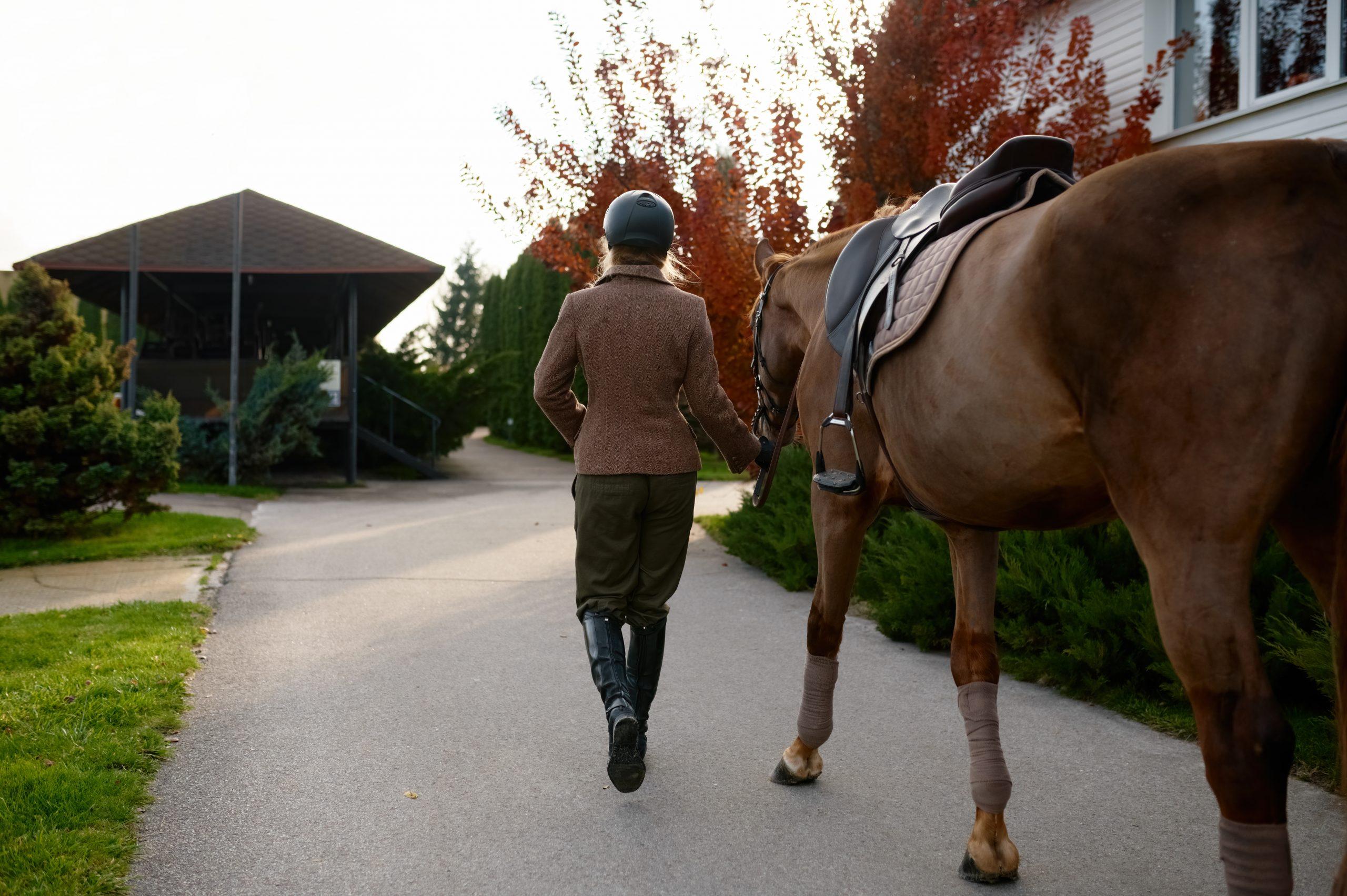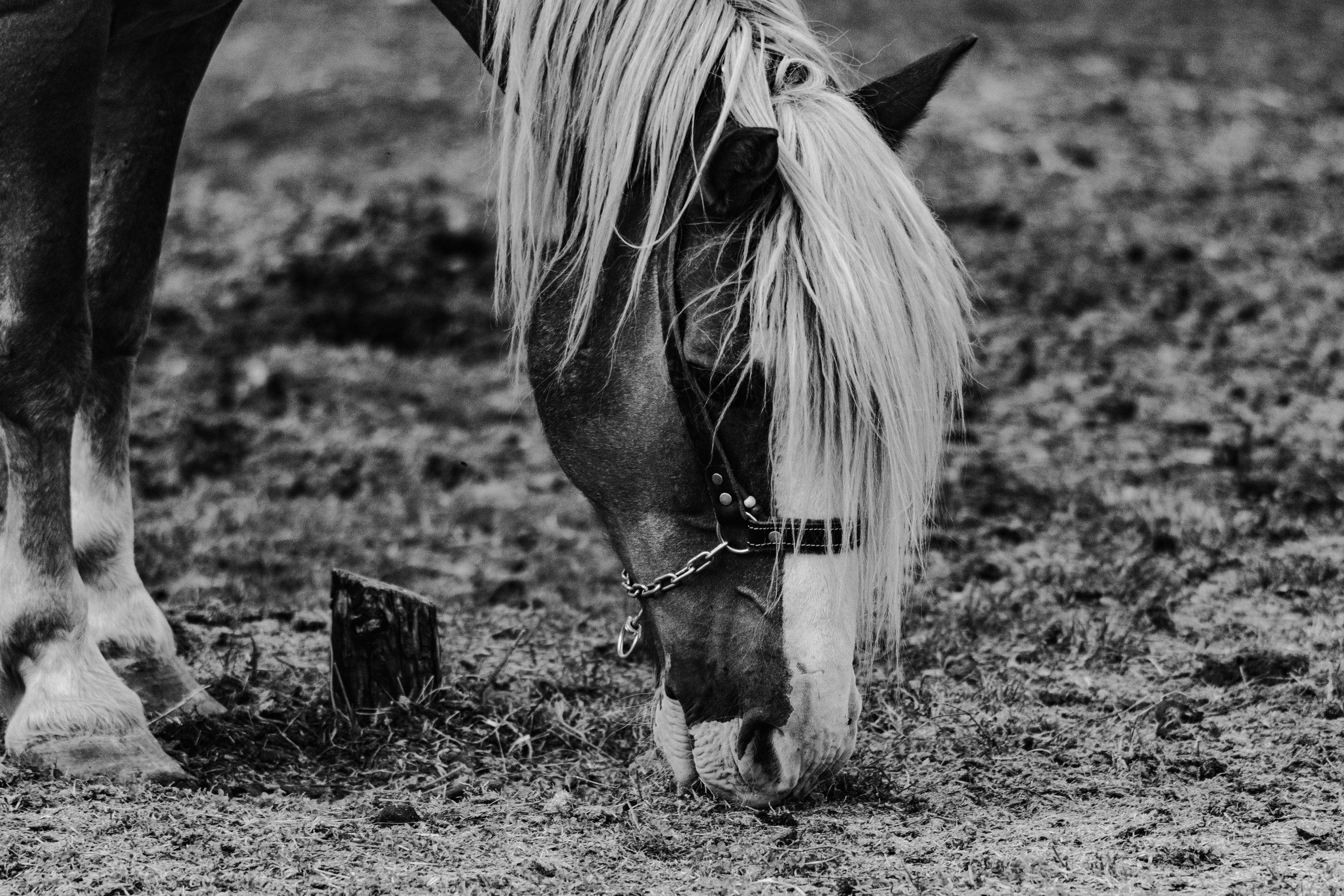Definition of careless riding in horse racing
Careless Riding in Horse Racing – An In-depth Look
In horse racing, careless riding refers to a jockey’s failure to take reasonable measures to avoid causing interference with another horse. This can result in penalties and disqualifications for the offending jockey.
Additionally, the stewards may consider several factors when determining whether a jockey has been careless, such as the severity and nature of the interference, whether it was intentional or unintentional, and whether the offending rider had taken reasonable steps prior to committing the offense.
It is important for jockeys to understand the rules surrounding careless riding and to take appropriate care on the track to avoid causing harm or disruption to other horses and riders.
Ultimately, being mindful of one’s actions on the track can make all the difference between a successful race and a costly mistake. So let’s ride with care and respect for our fellow competitors.
From jockeying for position to jockeying for excuses, these examples of careless riding are sure to make you horse-laugh.
Examples of careless riding in horse racing
Careless riding in horse racing refers to the breaching of rules by jockeys, which results in dangerous and reckless conduct on the track. These actions can lead to accidents and compromise the safety of other racers.
Examples of careless riding in horse racing are as follows:
- Allowing your horse to cut across other horses’ paths.
- Riding too close behind another horse within a safe distance.
- Failing to maneuver your horse for a clear run.
- To impede or intimidate another runner intentionally.
It is crucial to understand that inexperienced jockeys may not realize they are behaving dangerously and end up getting banned or suspended by the stewards. Therefore, it is necessary to remind them always about their responsibility and obligation concerning their fellow riders’ safety.
As a result of this kind of carelessness in racing, an incident occurred recently where a jockey was found guilty of reckless riding causing someone else’s horse falling badly, resulting in serious injury to both jockeys involved.
Careless riding in horse racing can lead to fines, suspensions, and an intense desire to avoid eye contact with the horse you let down.
Consequences of careless riding in horse racing
The repercussions of a racing jockey’s careless riding can be severe. In certain scenarios, riders may intentionally create hazards to gain an advantage over their competitors, resulting in disqualification or suspension. Additionally, other racers and horses on the track may become endangered if a rider becomes too reckless. Reprimands for this type of misconduct can be severe or moderate depending on the severity of the offense.
It is important that racing officials take every measure necessary to ensure that all participants are safe and secure during competitions. While it is true that accidents can occur, those resulting from a lack of care or recklessness pose significant dangers that cannot be ignored.
Pro Tip: Jockeys must remain alert at all times while riding, being careful not to put themselves or others in danger while competing.
Just like wearing a seatbelt while driving, preventing careless riding in horse racing is all about taking proactive measures towards safety.
Prevention of careless riding in horse racing
The safeguarding of horseriders and horses from unwanted incidents caused by careless riding is critical in horse racing. Ensuring the proper implementation of fair-play rules, proactive monitoring of races by trained stewards, and utilizing technology-driven tools for quality assessment are some steps that can be taken to reduce careless riding incidents. Constantly revising regulation, providing rigorous training to riders, and imposing strict penalties on perpetrators may further promote responsible riding.
To prevent careless riding ploys in horse racing, it is essential to establish a structured framework in which ethical behavior within a race environment is encouraged. Creating an inclusive culture to address issues of careless riding should be prioritized. Open communication channels between jockeys, officials, and owners should be developed to ensure mutual responsibility.
However, embedding reliable safety measures will provide comprehensive protection for everyone involved in the racecourse. By enforcing strict guidelines for high-risk behavioral activities and introducing checks at various checkpoints inside the tracks during races, horse racing could sustainably lessen careless riding instances.
Finally, to prevent any unwanted events originating from lax-careless racing conduct, all stakeholders must demand a robust surveillance infrastructure continually updated with live-footages from multiple cameras. This would help in identifying potential breaches before they escalate into accidents or trauma-causing incidents resulting from carelessness during the jockey’s action plan. So ensuring safety while also promoting general welfare should remain paramount with each corresponding step invariably taken towards addressing this issue head-on.
Proper training for jockeys: because sometimes it’s not just the horse that needs to be broken in.
Training and education for jockeys to avoid careless riding
Jockeys need appropriate guidance and instruction to become proficient in avoiding careless riding. Adequate training using interactive technologies, such as augmented reality simulations that replicate the racecourse environment, can aid jockeys in anticipating potential race scenarios. This type of instruction would recognize unacceptable behavior on the track and help them modify accordingly.
Moreover, an essential element of developing effective jockey skills is constant practice, including the fundamentals of weight control and diet maintenance. Jockeys must be aware of their weight to prevent accidents during racing. Proper hydration and well-rounded diets will maintain muscle density while minimizing excess fat.
To further maximize safety measures for both jockeys and horses, technology could be applied to detect risky situations before they occur. Using portable body-worn sensors during races may create alerts informing riders and track supervisors about a risky situation before it occurs.
Finally, continuous monitoring techniques can help drivers improve situational awareness by identifying trends, warning signs early on, and provide proper decision-making support. Such tools would promote safety in all horseracing environments by reducing rider error and incorporating good judgment into quick-paced decision-making moments on the track.
If jockeys were truly penalized for careless riding, we’d see a lot more riders taking a leisurely stroll in the park instead of on a thoroughbred.
Enforcement of penalties for careless riding in horse racing
Careless riding can result in penalties for jockeys participating in horse racing competitions. These penalties are enforced by the relevant authoritative bodies that oversee and regulate horse racing events. Such penalties may result in disqualification of the jockey’s horse or suspension of their license, depending on the severity of the infraction committed.
It is important to note that such enforcement measures are put in place to promote fair play and protect the safety of both horses and riders during racing events. In addition, strict measures aid in preserving integrity and public trust in horse racing as a sport.
One aspect worth highlighting is the appeal process available to jockeys who have been sanctioned for careless riding. Appeals can often be made within a specified time frame following a penalty decision. This allows for an independent review of the case with consideration given to all available evidence.
Jockeys must uphold high levels of professionalism during races to avoid any infringement that can lead them into paying costly penalties. By ensuring adherence to racing rules and regulations at all times, they not only keep horses safe but also maintain positive sport reputation while keeping themselves financially stable.
Careless riding may not just hurt the horse, but also the betting odds – talk about a rough ride for everyone involved!
Analysis of the impact of careless riding on horse racing industry
Careless riding is a significant issue in the horse racing industry, leading to serious consequences for both horses and riders. Instances of dangerous riding during a race can affect the outcome, undermine public trust, and destabilize the industry. In addition to this, careless riding leads to financial penalties levied on riders for endangering fellow jockeys.
Careless riding often goes unpenalized due to inconsistent enforcement of rules and regulations across different jurisdictions. As such, several countries have implemented stricter measures against it in recent years that have resulted in greater accountability from horse racing regulatory bodies, thus maintaining fairness in sports.
It should be recognized that careless riding has led to fatal injuries in some races which might affect the horse’s future performance or lead to their retirement. In turn, this affects betting outcomes further down the line causing significant losses both to bettors and bookmakers involved.
Pro Tip: Jockeys must prioritize their safety and that of their colleagues while participating in races by keeping track of each other throughout competitions.
Let’s keep horse racing fair and safe, because nobody wants a jockey with a lead foot and a careless attitude.
Importance of promoting fair and safe horse racing practices
Ensuring horse racing is fair and safe is crucial for maintaining the integrity of the sport. This involves promoting ethical practices, proper care of animals, and adherence to race rules. One area that requires particular attention is careless riding. Careless riding refers to a jockey’s failure to take reasonable steps to avoid causing interference, which can endanger both horses and riders. By promoting responsible riding, the safety and welfare of both horses and jockeys can be safeguarded.
Jockeys are expected to maintain an acceptable standard of care when racing, which includes ensuring that their actions do not impact other horses in a negative way. Careless riding can result in dangerous collisions or falls that can cause serious injuries or fatalities. Jockeys who engage in careless riding may face disciplinary action or fines from race authorities.
It’s important to remember that accidents do happen, but with proper training, education, and supervision, many incidents can be prevented. The ultimate goal should be to create a racing environment that prioritizes fairness and safety at all times.
According to 2019 statistics by the British Horseracing Authority (BHA), there were 120 careless riding suspensions given out during the year across British racecourses.
Remember, jockeys, the only thing worse than a sore loser is a careless one – safety first in horse racing!
Other factors that contribute to safe and fair horse racing
Maintaining safety and fairness in horse racing involves various contributing factors. Besides reducing incidents of careless riding, enforcing strict guidelines on appropriate equipment usage is key. Additionally, setting out and abiding by defined weight limits for both jockeys and their saddles plays a significant role. It’s important to also consider the condition of the racecourse during events as safety hazards can arise from uneven or badly-maintained surfaces.
To further ensure safe and fair practices in horse racing, enforcing clear rules on the administration of medication and following set procedures when handling horses is necessary. Proper training of trainers, jockeys and stable staff as well as regular vet checks are also fundamental factors in maintaining animal welfare.
The presence of an authoritative regulatory body to oversee policies and guidelines relating to horse racing contributes significantly to ensuring standards are kept at the highest levels possible.
Pro Tip: Maintaining a consistent approach towards regulatory policies is necessary for optimal safety and fair practices in horseracing.
Let’s hope jockeys start taking horseplay more seriously and leave the carelessness at the starting gate.
Conclusion: The need for stricter regulation and increased awareness of careless riding in horse racing.
Careless riding is a major concern in horse racing, leading to accidents and injuries for horses and jockeys alike. Therefore, the need for stricter regulation and increased awareness is crucial to prevent such occurrences. Horse racing governing bodies must enforce strict rules and penalties to discourage jockeys from engaging in careless riding. Moreover, increasing awareness among jockeys, trainers, and the public about the dangers of such behavior should be a priority. The responsibility falls on everyone involved in horse racing to ensure the safety of its participants.
Apart from regulations, training can also help reduce careless riding instances. Jockeys should undergo rigorous training that emphasizes safe riding practices, reducing their reliance on dangerous shortcuts that lead to careless riding. Moreover, creating a culture of accountability within the horse racing industry would go a long way in ensuring compliance with established rules and fostering responsible behavior among stakeholders.
Injuries due to careless riding are not uncommon in horse racing history. Jockey Rob James was recently suspended for six months after video footage emerged of him mounting a dead horse back in 2016. Such incidents have generated widespread outrage among animal rights activists globally and highlight the need for urgent action against careless behavior in the sport.

